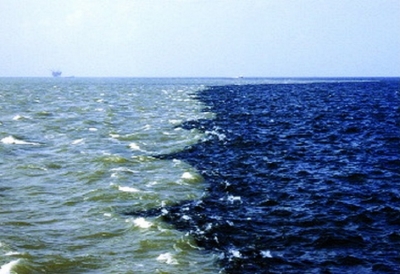
Dead zones are hypoxic (low-oxygen) areas in the world’s oceans and large lakes. Hypoxia occurs when dissolved oxygen (DO) concentration falls to or below 2ml of O2/liter. When a body of water experiences hypoxic conditions, aquatic flora and fauna begin to change behavior in order to reach sections of water with higher oxygen levels. Once DO declines below 0.5 ml O2/liter in a body of water, mass mortality occurs. With such low concentration of DO, these bodies of water fail to support the aquatic life living there. Historically, many of these sites were naturally occurring. However, in the 1970s, oceanographers began noting increased instances and expanses of dead zones. These occur near inhabited coastlines, where aquatic life is most concentrated.
Dead zones can be caused by natural and by anthropogenic factors. Natural causes include coastal upwelling, changes in wind, and water circulation patterns. Other environmental factors that determine the occurrence or intensity of a dead zone include long water residence times, high temperatures, and high levels of sunlight penetration through the water column.
Picture Credit : Google




